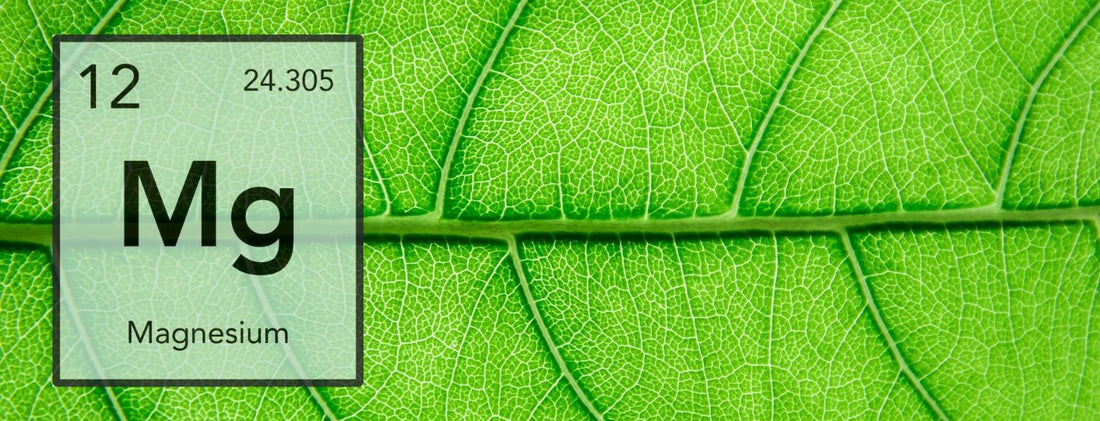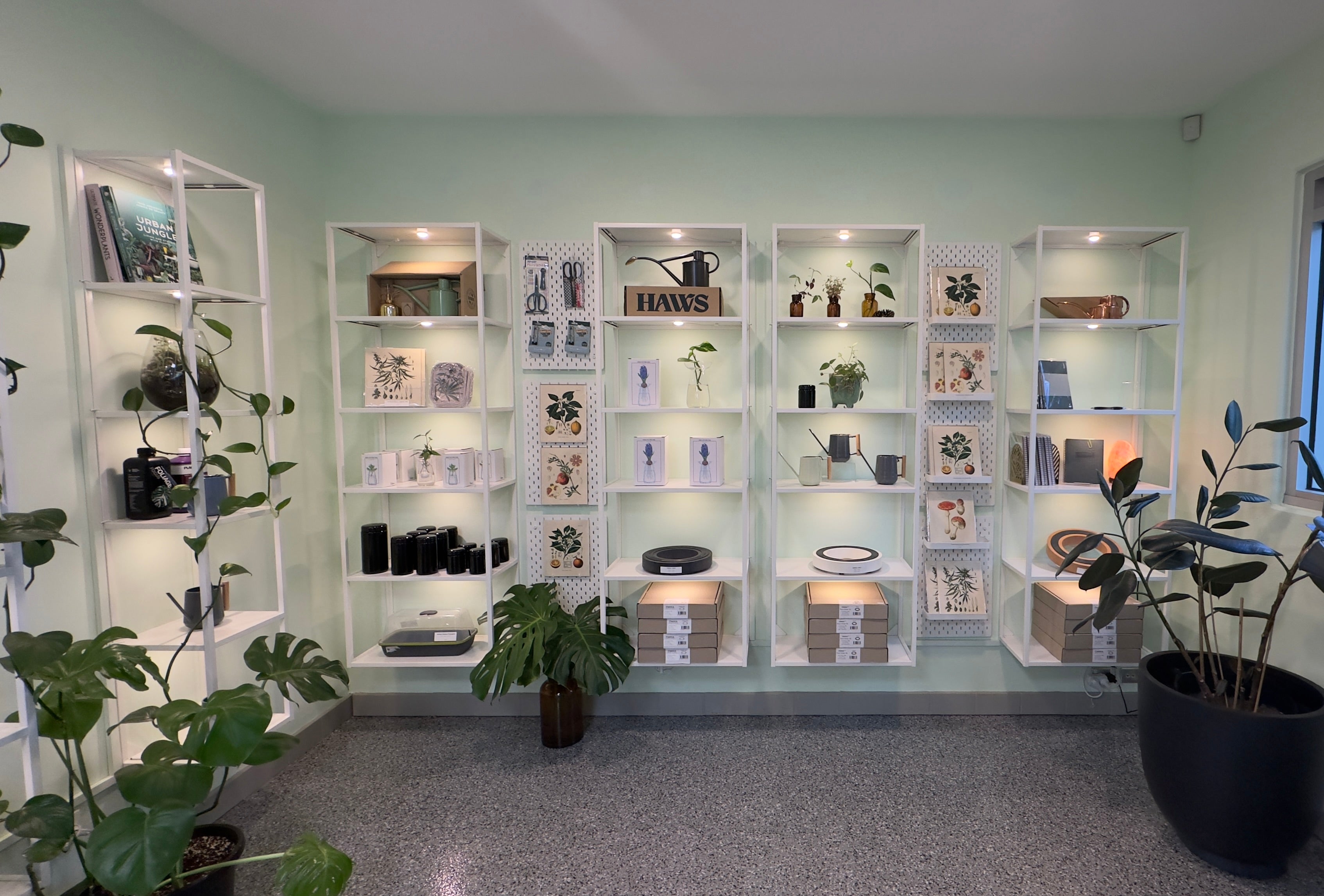Magnesium is a key element (core atom) in the production of chlorophyll, plants leaves/leaflets would not be able to form a ‘complete’ green pigment without magnesium’s presence.
It has a relationship with calcium which directly impacts water hardness (pH) it is used by every plant cell and without it photosynthesis would not occur.
MAGNESIUM FOR YOU TOO!
In humans, insufficient amounts of magnesium in our bodies for an extended period can cause:
- Muscle Twitches and Cramps.
- Tremors
- Osteoporosis.
- Fatigue and Muscle Weakness.
- High Blood Pressure.
- Asthma.
- Irregular Heartbeat.
Treat yourself and your plants!
MAGNESIUM FOR PLANTS
Foliar treatment seems to be the usual approach to correct Magnesium deficiencies as foliar applications are 12 times more effective than absorption of nutrients via the roots (normal uptake), by treating plants this way, not only do they repair much quicker, but their leaves have greater chlorophyll densities and also produce a much higher amount of sugars allowing any excess sugar to be distributed to the microbes in the root zone which in turn thrive and allow a better more available delivery of phosphates to the plant.
The plant will continually translocate magnesium to the newer growth until there is no element left to translocate. This is a sign the grower would recognize, and effectively manage by adjusting the pH, by amending that specific element, or increasing the amount of food fed (EC).
- Magnesium is essential for photosynthesis
- Magnesium is the core atom in chlorophyll.
- Improved overall crop quality.
How do you recognize a Magnesium (Mg) deficiency?
#1 - Observation of older leaf growth.
Magnesium displays itself as a pale-yellow fading or blotching almost freckle/spot like in appearance. Limey/yellow ‘cells’ indicates the depletion of chlorophyll in that cell of which magnesium is responsible for.
Usually when magnesium is unavailable the deficiency is often displayed alongside calcium (orange rusty freckles/spots). Most commonly growers add ‘Cal/mag’ amendments, which are fine to use if nutrition has been poor and the plant is underfed however in most cases simply adjusting the pH of the nutrient solution will make this element in range for the plant to absorb.
- Magnesium deficiency is pale yellow blotching (Cell pigment depletion)
- Magnesium deficiency sometimes shows with Calcium deficiencies
- Magnesium deficiency can occur when K and Cal are being used in excess
Magnesium deficiency can happen is temperature related, keep your environment on point, if it becomes too cold absorption slows and accumulation of nutrient forms usually leading toward lockout.




